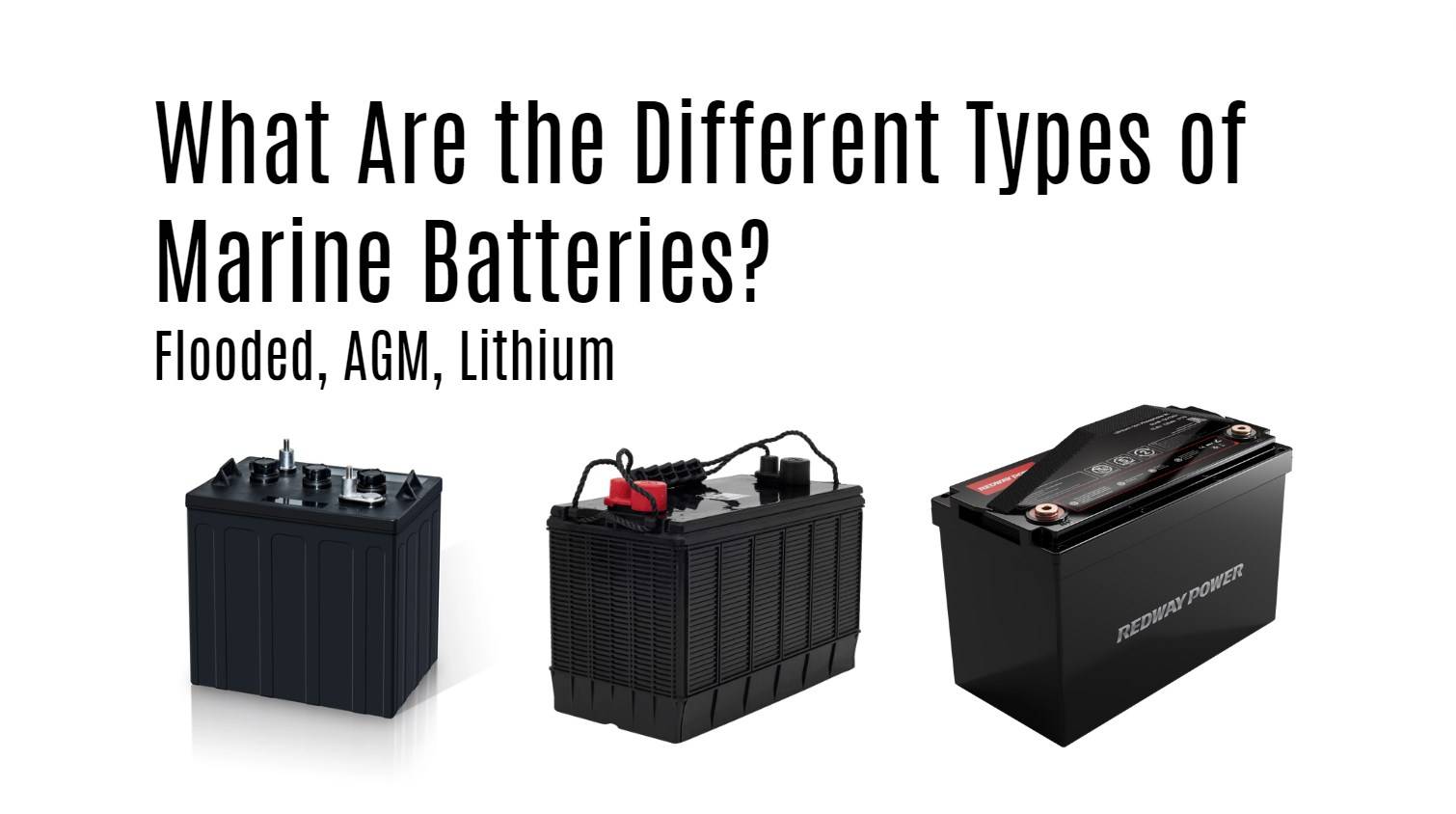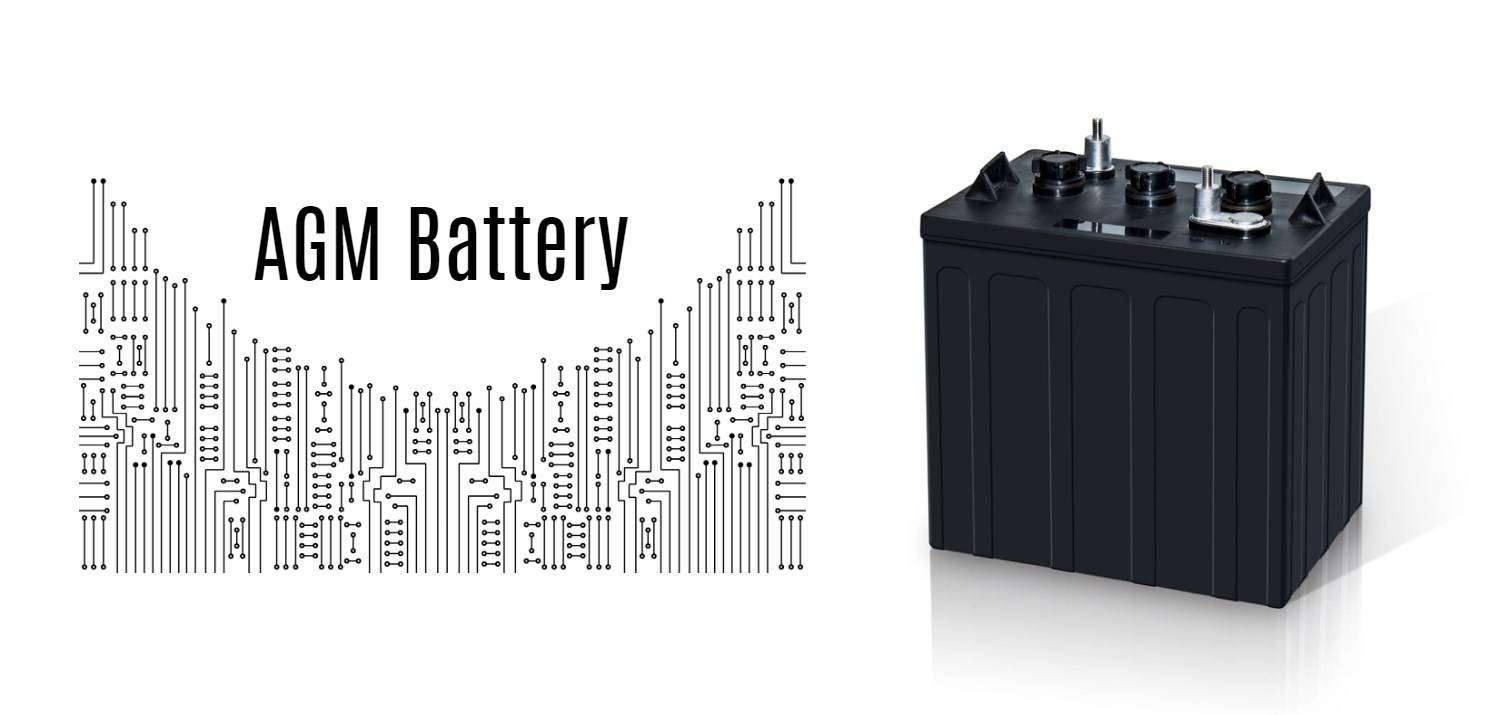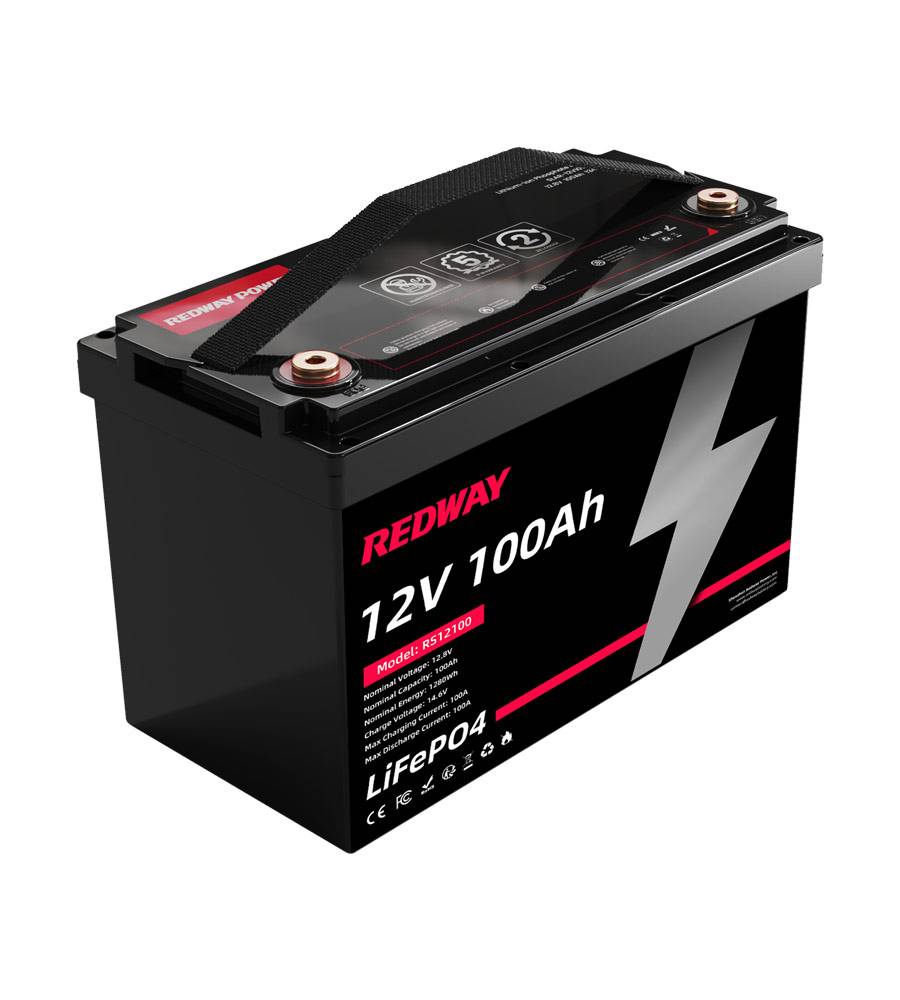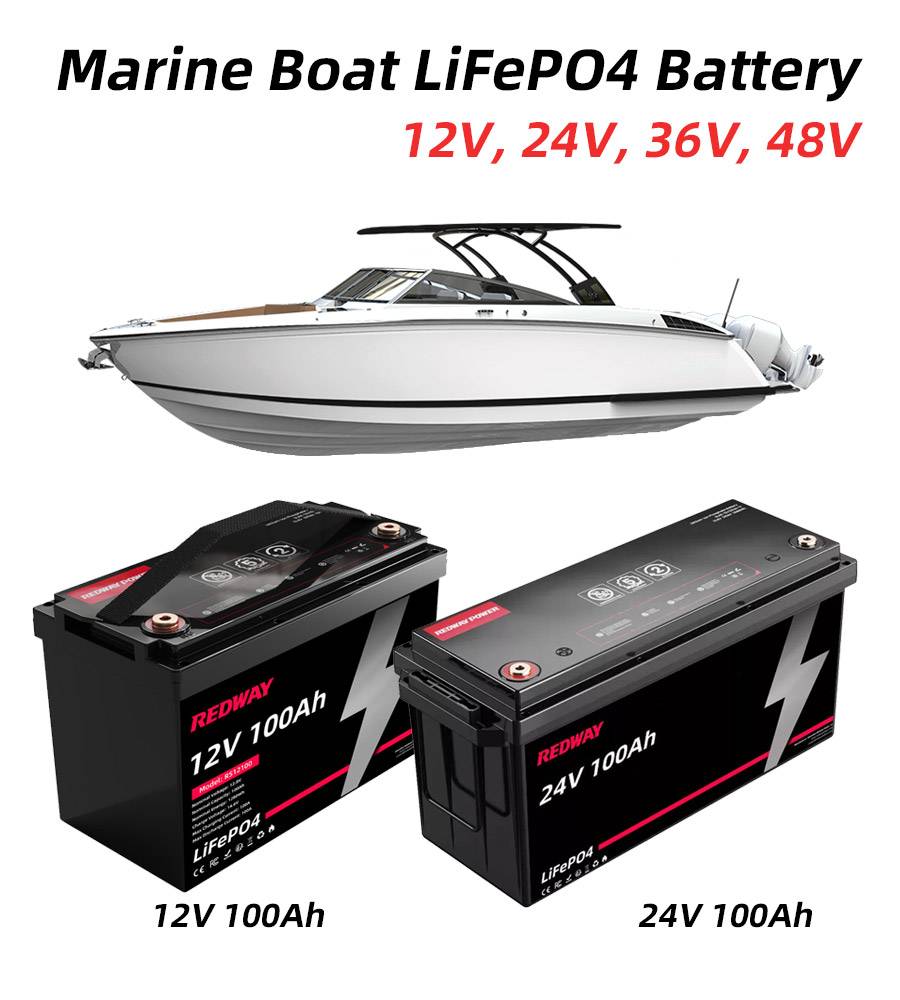
Blog
What Are the Different Types of Marine Batteries? Exploring Flooded, AGM, and Lithium Options

When choosing a marine battery, understanding the different types available—flooded, AGM (Absorbed Glass Mat), and lithium—is essential. Each type has unique characteristics that affect performance, lifespan, and suitability for various applications. This guide explores these differences to help you make an informed decision.
What are the different types of marine batteries?
Marine batteries typically fall into three categories:
- Flooded Batteries: These traditional lead-acid batteries require regular maintenance and are known for their reliability.
- AGM Batteries: Sealed and maintenance-free, AGM batteries offer better vibration resistance and a lower self-discharge rate.
- Lithium Batteries: Known for their lightweight design and long lifespan, lithium batteries provide high energy density and fast charging capabilities.
| Battery Type | Characteristics |
|---|---|
| Flooded | Requires maintenance; reliable; cost-effective |
| AGM | Maintenance-free; better vibration resistance |
| Lithium | Lightweight; long lifespan; fast charging |
How do flooded batteries work?
Flooded batteries consist of lead plates submerged in a liquid electrolyte solution (water and sulfuric acid). They generate electricity through chemical reactions between the lead plates and electrolyte. While they are cost-effective and robust, they require regular maintenance, including checking water levels and ensuring proper ventilation to prevent gas buildup during charging.
| Feature | Description |
|---|---|
| Maintenance | Requires regular water level checks |
| Ventilation | Needs adequate airflow to prevent gas buildup |
| Cost | Generally lower initial cost |
What are the advantages of AGM batteries?
AGM (Absorbed Glass Mat) batteries offer several advantages over flooded batteries:
- Maintenance-Free: Sealed design eliminates the need for water level checks.
- Vibration Resistance: The glass mat separator holds electrolyte in place, making them ideal for rough marine environments.
- Lower Self-Discharge Rate: AGM batteries can hold their charge longer when not in use.
- Safer Operation: Reduced risk of acid spills or gas emissions makes them safer for enclosed spaces.
| Advantage | Benefit |
|---|---|
| Maintenance-Free | No need to check water levels |
| Vibration Resistance | Ideal for boats in rough waters |
| Lower Self-Discharge | Longer shelf life |
| Safer Operation | Reduced risk of spills and emissions |
Why choose lithium batteries for marine use?
Lithium batteries have rapidly gained popularity in marine applications due to their numerous benefits:
- High Energy Density: They provide more power in a smaller package compared to lead-acid options.
- Long Lifespan: Lithium batteries can last up to 10 years or more with proper care.
- Fast Charging: They charge much faster than traditional lead-acid batteries, reducing downtime.
- Lightweight: Their reduced weight enhances overall vessel performance.
These features make lithium batteries an attractive option for serious boaters looking to maximize efficiency.
| Feature | Lithium Batteries |
|---|---|
| Energy Density | Higher than lead-acid |
| Lifespan | Up to 10 years or more |
| Charging Speed | Significantly faster than lead-acid |
| Weight | Much lighter than traditional options |
What factors should you consider when selecting a marine battery?
When choosing a marine battery, consider these factors:
- Application Type: Determine whether you need a starting battery (for engine ignition) or a deep-cycle battery (for powering electronics).
- Capacity Needs: Assess your power requirements based on devices used onboard.
- Weight Considerations: Lighter options may improve vessel performance but could have trade-offs in capacity.
- Budget Constraints: Evaluate upfront costs versus long-term savings from maintenance and lifespan.
Understanding these factors will help ensure that you select the right battery type for your specific needs.
How do you calculate the power needs for your boat?
To calculate your boat’s power needs:
- List all electrical devices onboard along with their wattage ratings.
- Determine usage time for each device during operation.
- Use this formula to calculate total watt-hours needed:
Total Watt Hours=∑(Wattage×Hours Used)
- Convert watt-hours into amp-hours based on your battery voltage:
Amp Hours=Total Watt HoursBattery Voltage
This calculation will help you understand how much capacity you need from your marine battery.
Industrial News
Recent advancements in marine battery technology have focused on improving energy efficiency and reducing environmental impact. Manufacturers are increasingly investing in lithium-ion technology due to its superior performance characteristics compared to traditional lead-acid options. As boating enthusiasts seek more sustainable energy solutions, innovations continue to emerge that enhance safety and reliability across various applications.
Redway Power Insight
“Choosing the right type of marine battery is crucial for ensuring optimal performance on the water,” states an expert at Redway Power. “By understanding the strengths and weaknesses of each type—flooded, AGM, or lithium—boaters can make informed decisions that enhance their overall experience.”
FAQ Section
- How long do marine batteries typically last?
- Lifespan varies by type: flooded (3-5 years), AGM (4-7 years), lithium (up to 10 years).
- Can I mix different types of marine batteries?
- It’s best not to mix battery types as they have different charging profiles and capacities, which can lead to inefficiencies.
This comprehensive guide explores the different types of marine batteries—flooded, AGM, and lithium—highlighting their unique features and helping users make informed choices based on their specific boating needs.






